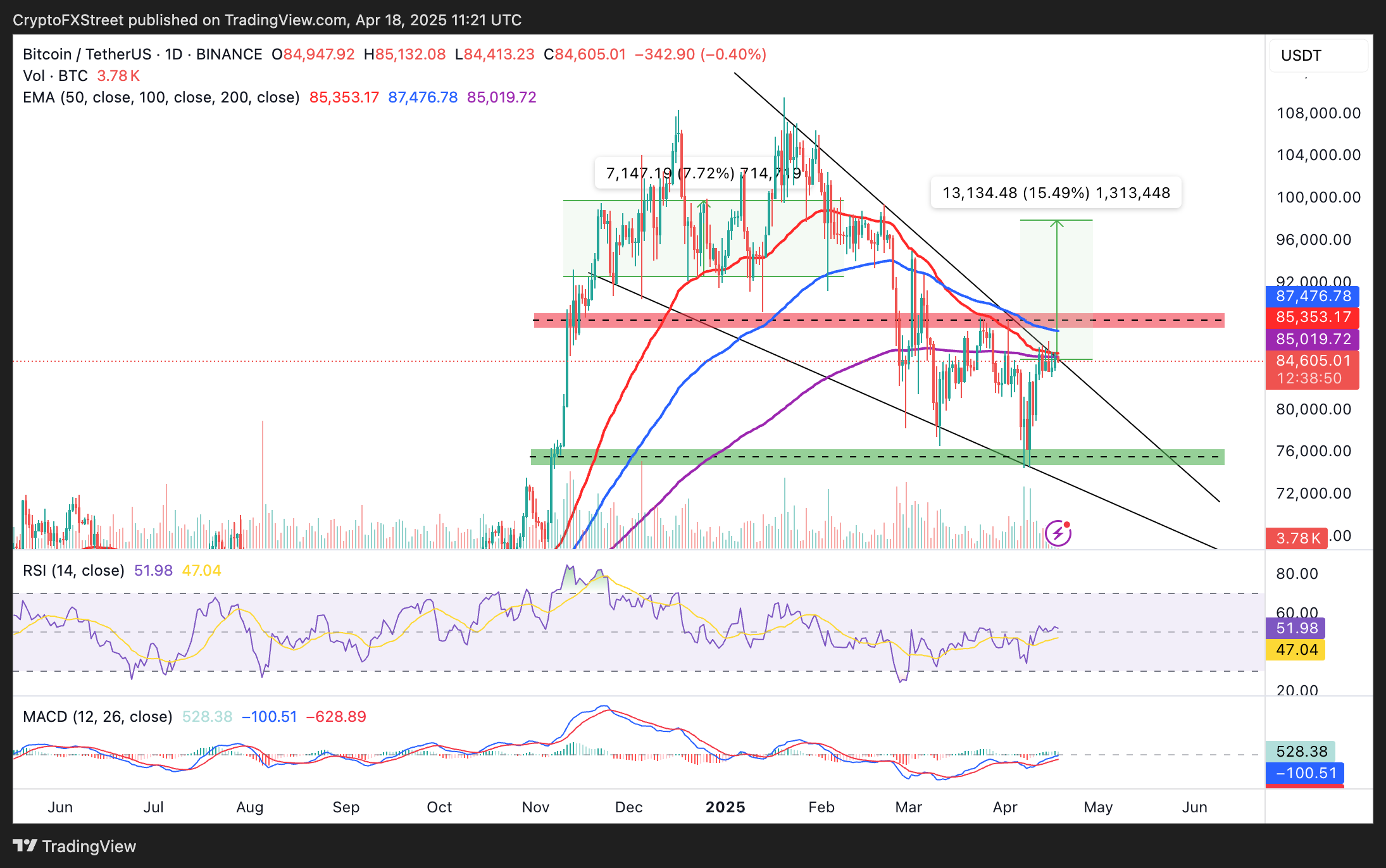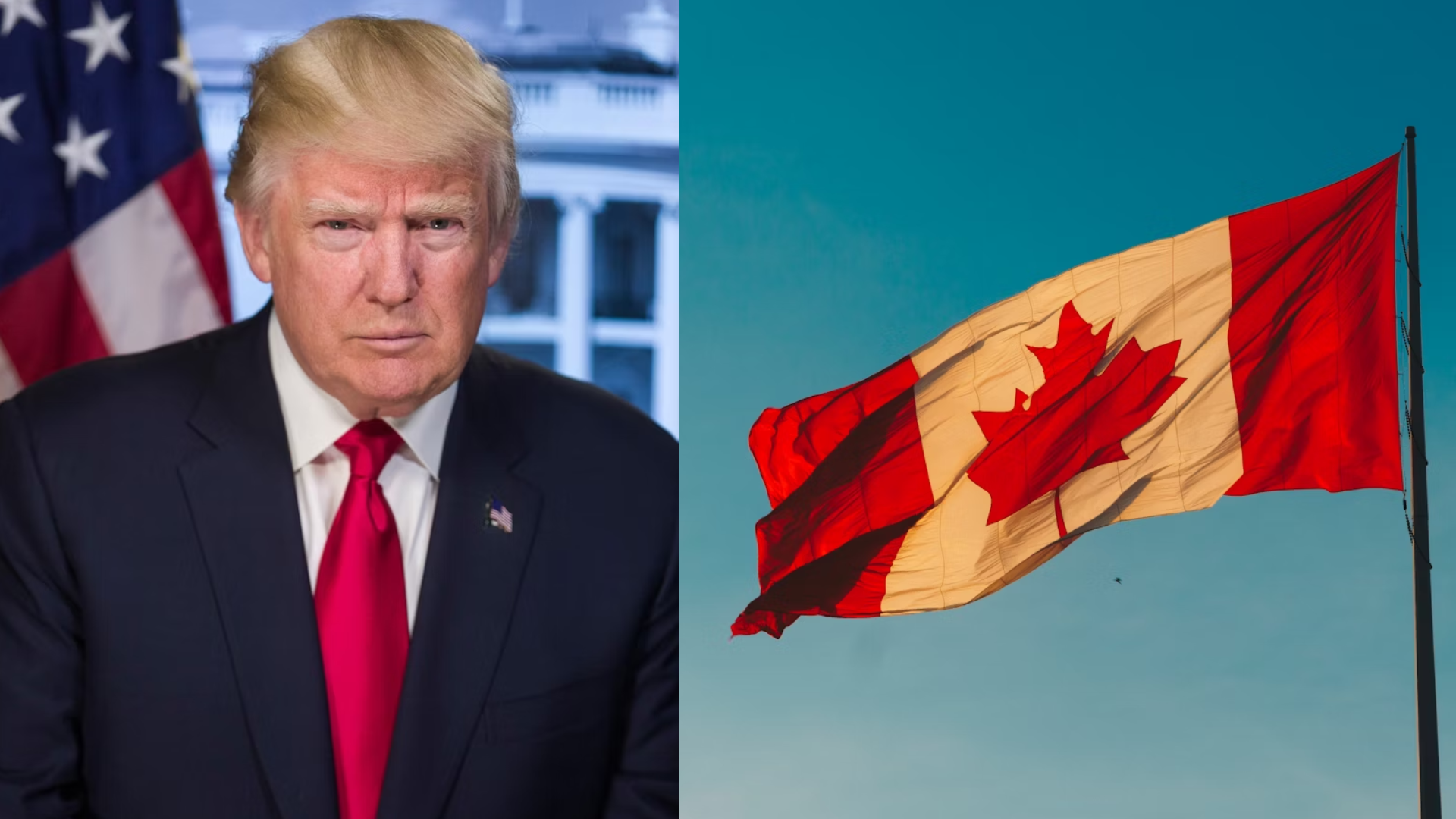Bitcoin held steady near the $70,000 mark on Monday, showing resilience even as the Federal Reserve flagged concerns about the potential economic impact of new tariffs. Meanwhile, a surge in gold prices to fresh record highs highlighted a shift in investor preference toward traditional safe-haven assets amid rising geopolitical and macroeconomic uncertainty.
BTC/USD hovered around $69,800, little changed on the day, as traders digested the Fed’s latest commentary suggesting that increased trade tensions and proposed tariffs could add pressure to inflation while dampening overall growth. Despite the warning, Bitcoin maintained its footing, supported by ongoing institutional interest and optimism around the broader crypto market.

Bitcoin/TetherUS 1-D Chart as of April 18th, 2025 (Source: TradingView)
While some analysts view Bitcoin as a digital alternative to gold, recent market behavior suggests that investors are still favoring physical assets during periods of heightened uncertainty. Gold surged to a new all-time high above $3,275 per ounce, fueled by safe-haven flows and expectations of looser monetary policy later in the year.
Still, Bitcoin’s stability in the face of macro headwinds has been noted as a sign of maturing market behavior, with reduced volatility compared to previous cycles. The cryptocurrency has remained relatively range-bound over the past two weeks, consolidating after a strong first-quarter rally driven by ETF inflows and growing institutional adoption.
Technical indicators suggest BTC remains in a holding pattern, with key support around $68,000 and resistance near $72,000. A decisive move in either direction may depend on how traditional markets respond to upcoming inflation data, central bank guidance, and developments around global trade policy.
For now, Bitcoin continues to track broader market sentiment, acting as a barometer for risk appetite while gold dominates headlines. As monetary and fiscal uncertainty builds, investors appear to be watching both assets closely for clues on where capital will flow next.
















